Gemstone Treatments
These gems are HOT!
I'm learning so much as I get to know our line of gemstone beads - studying up on such semi-precious gemstones as seraphinite and bronzite, and trying to figure out how the Dog Teeth Amethyst earned its name.
(It has nothing to do with canine incisors, I discovered, but everything to do with the Dog Tooth Violet, a wildflower in the eastern U.S. It's evidently not actually a violet; it's more like a tulip, and it gets its name from its "dog tooth" shaped bulbs. Now, that's more than you ever wanted to know, isn't it?)
I'm learning so much as I get to know our line of gemstone beads - studying up on such semi-precious gemstones as seraphinite and bronzite, and trying to figure out how the Dog Teeth Amethyst earned its name.
(It has nothing to do with canine incisors, I discovered, but everything to do with the Dog Tooth Violet, a wildflower in the eastern U.S. It's evidently not actually a violet; it's more like a tulip, and it gets its name from its "dog tooth" shaped bulbs. Now, that's more than you ever wanted to know, isn't it?)
Heating Stones is just Part of the Gem Business
Most all the gemstone beads in WireJewelry's line are natural stone in their natural state, but a few - onyx and sardonyx, for instance - are described as "heated" natural stone. I started worrying about that. Could I wear my onyx earrings to the beach? And what if I accidentally left my new bead bracelet in, well, the oven?
Most all the gemstone beads in WireJewelry's line are natural stone in their natural state, but a few - onyx and sardonyx, for instance - are described as "heated" natural stone. I started worrying about that. Could I wear my onyx earrings to the beach? And what if I accidentally left my new bead bracelet in, well, the oven?

We have received questions in the past about the advisability of adding beads to metal clay items that will be cooked in a kiln.
This question led me on a discovery tour of "heated" stone. En route, I gained a new appreciation for this method which has been used since ancient times to enhance the color of stone; that is, make it deeper, darker, or clearer. First thing I learned is that the vast majority of the sapphires you see are heated; otherwise, you'd see a lot of murky blue.
This question led me on a discovery tour of "heated" stone. En route, I gained a new appreciation for this method which has been used since ancient times to enhance the color of stone; that is, make it deeper, darker, or clearer. First thing I learned is that the vast majority of the sapphires you see are heated; otherwise, you'd see a lot of murky blue.
Onyx, too, is a gemstone that you rarely see, well, I'll call it cold. The onyx in three of our beads - onyx, matte onyx and sardonyx - is like most onyx, in that it originated as plain agate.

These Beads are Cooked - Permanently
Don't worry about your bracelet falling into the oven. When gem producers say words like "heated", they don't mean "baked"; what they really mean is downright "scorched." The stones are subjected to temperatures of between 500 and 1,600 degrees Celsius in large, computer-controlled furnaces.
The goal of this heat treatment is to rearrange the structure of the atoms - often dissolving microscopic bubbles and specks to improve the clarity of the stone by eliminating cloudiness. Other times, as with a ruby, temps are high enough to nearly melt the stone, transforming the aluminum oxide into a new crystal structure and producing a brilliant red.
Don't worry about your bracelet falling into the oven. When gem producers say words like "heated", they don't mean "baked"; what they really mean is downright "scorched." The stones are subjected to temperatures of between 500 and 1,600 degrees Celsius in large, computer-controlled furnaces.
The goal of this heat treatment is to rearrange the structure of the atoms - often dissolving microscopic bubbles and specks to improve the clarity of the stone by eliminating cloudiness. Other times, as with a ruby, temps are high enough to nearly melt the stone, transforming the aluminum oxide into a new crystal structure and producing a brilliant red.
Rocks aren't Strangers to Heat
This heat process, we're assured, it's not anything the stone hasn't gone through before. When you think about it, heating a stone to enhance its color is merely continuing the process that began in, say, the lava flow; if left in the earth, it would continue this process on its own.
However, there does seem to be something hammy in taking millions of years and compressing it into the length of a football game.
This heat process, we're assured, it's not anything the stone hasn't gone through before. When you think about it, heating a stone to enhance its color is merely continuing the process that began in, say, the lava flow; if left in the earth, it would continue this process on its own.
However, there does seem to be something hammy in taking millions of years and compressing it into the length of a football game.
Heating is just one of several common treatments
A couple of other stones in our bead selection have been treated. Our smoky quartz beads have been irradiated to produce their dark-brown color. This treatment is almost as common as heating the stone. The flamboyant blue and purple crazy lace agate has been dyed. The only beads that are not actual gemstones are the cherry quartz & goldstone, which are actually beautified glass
A couple of other stones in our bead selection have been treated. Our smoky quartz beads have been irradiated to produce their dark-brown color. This treatment is almost as common as heating the stone. The flamboyant blue and purple crazy lace agate has been dyed. The only beads that are not actual gemstones are the cherry quartz & goldstone, which are actually beautified glass

Even the early Romans heat-treated stones to transform boring into brilliant, just as our modern gemologists do. That's because there would be very few colorful - yet affordable - gemstones on the market, as it's very rare for gems to naturally occur in the rainbow hues we love.
Affordable is the key word here. Robert James FGA, GG, gives this example: A rare 3-carat sapphire that comes out of the earth a brilliant blue could cost you upwards of $20,000; compare that with $1,500 for the same-sized sapphire that earned its color through heat treatment.
Some gemstones we use wouldn't even exist without heat treatment. I'm thinking particularly of citrine, which is heat-treated amethyst. And purplish-blue tanzanite begins it gem life as a dull, reddish brown.
Affordable is the key word here. Robert James FGA, GG, gives this example: A rare 3-carat sapphire that comes out of the earth a brilliant blue could cost you upwards of $20,000; compare that with $1,500 for the same-sized sapphire that earned its color through heat treatment.
Some gemstones we use wouldn't even exist without heat treatment. I'm thinking particularly of citrine, which is heat-treated amethyst. And purplish-blue tanzanite begins it gem life as a dull, reddish brown.
Heated to Last
So, how will this process affect your jewelry? It won't. Heat treatments produce a permanent change, so wearing your stones even daily won't affect them. However, as with most gemstones, onyx and sardonyx should be kept away from exposure to extremes of heat and household chemicals that can damage the stone.
As for firing stone beads in a kiln - that's pretty complicated. Here is a , wonderful chart (36.2KB PDF download) though, that will give you some guidance. Interestingly, it recommends against firing any quartz, from agate to amethyst. Cubic Zirconia stones, however, will stand up to extreme heat - neat!
So, how will this process affect your jewelry? It won't. Heat treatments produce a permanent change, so wearing your stones even daily won't affect them. However, as with most gemstones, onyx and sardonyx should be kept away from exposure to extremes of heat and household chemicals that can damage the stone.
As for firing stone beads in a kiln - that's pretty complicated. Here is a , wonderful chart (36.2KB PDF download) though, that will give you some guidance. Interestingly, it recommends against firing any quartz, from agate to amethyst. Cubic Zirconia stones, however, will stand up to extreme heat - neat!
Know what you're Getting
To safeguard against any falsities related to colored gems, always buy your gems and beads from a reputable distributor. These dealers will most often know if a gem is heat treated, and are legally bound to pass that information along to you; however, some may not know the origins of the gem if it's imported. Most vendors are honest and forthcoming, but remember that it's your responsibility to ask.
That's one of the primary factors in Wirejewlery's decision to go with a reliable U.S. distributor for our bead line. You can trust that the bead you see on the web page is the bead you'll receive.
So, don't worry, be happy, and delight in all the bright colors you want!
To safeguard against any falsities related to colored gems, always buy your gems and beads from a reputable distributor. These dealers will most often know if a gem is heat treated, and are legally bound to pass that information along to you; however, some may not know the origins of the gem if it's imported. Most vendors are honest and forthcoming, but remember that it's your responsibility to ask.
That's one of the primary factors in Wirejewlery's decision to go with a reliable U.S. distributor for our bead line. You can trust that the bead you see on the web page is the bead you'll receive.
So, don't worry, be happy, and delight in all the bright colors you want!
Materials

Gemstone beads

Gemstone Cabochons
Tools

WireJewelry - Ultimate Wire-Pliers Jewelry Pliers with Case, Set of 5
G15-20
- G15-20
- Lesson Quantity: 1.00 pieces
- Purchase Quantity: 1.00 each
- Price: $170.72
- Gold Club Price: $128.04

Bench Tools
- Category: General Education
- Technique(s): General Education















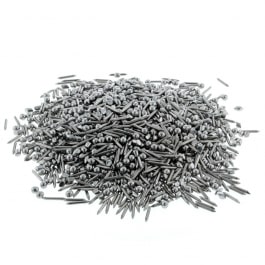







 About Jewelry Chain- About Ball Chain
About Jewelry Chain- About Ball Chain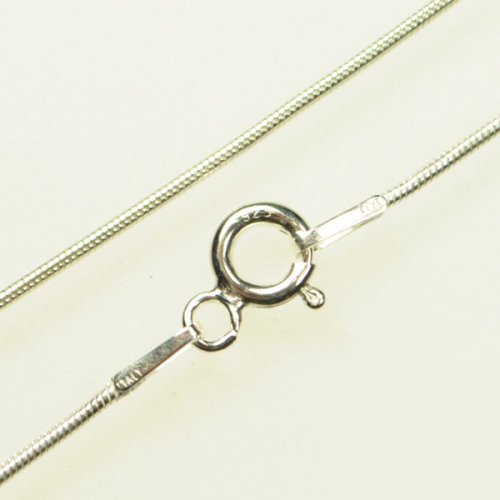 About Jewelry Chain- Snake Chain and Omega Chain
About Jewelry Chain- Snake Chain and Omega Chain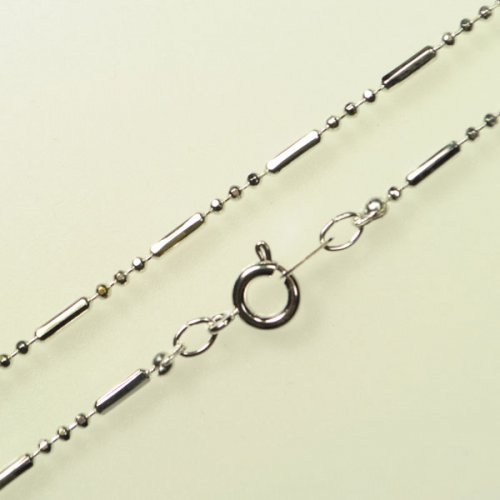 About Jewelry Chain- Bar Chain and Peanut Chain
About Jewelry Chain- Bar Chain and Peanut Chain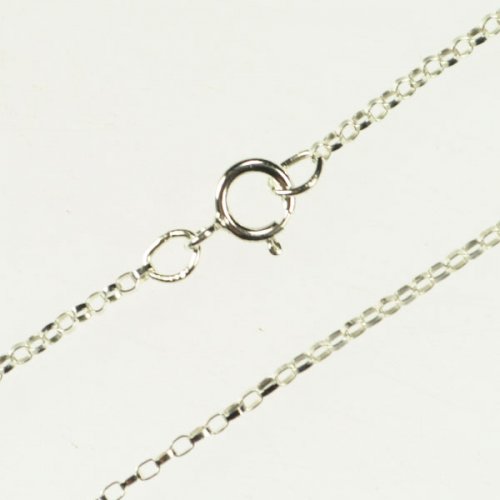 About Jewelry Chain - Cable Chain and Rolo Chain
About Jewelry Chain - Cable Chain and Rolo Chain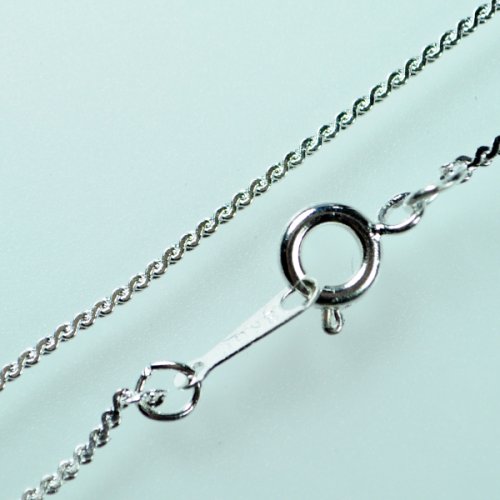 About Jewelry Chain- Curb Chain and Gourmette Chain
About Jewelry Chain- Curb Chain and Gourmette Chain About Jewelry Chain- Figaro Chain
About Jewelry Chain- Figaro Chain About Jewelry Chain- Infinity Chain and Anchor Chain
About Jewelry Chain- Infinity Chain and Anchor Chain About Jewelry Chain- Chain Reference Sheet
About Jewelry Chain- Chain Reference Sheet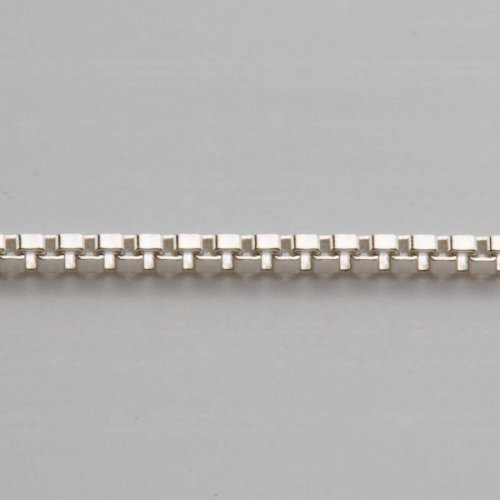 About Jewelry Chain- Venetian Chain and Box Chain
About Jewelry Chain- Venetian Chain and Box Chain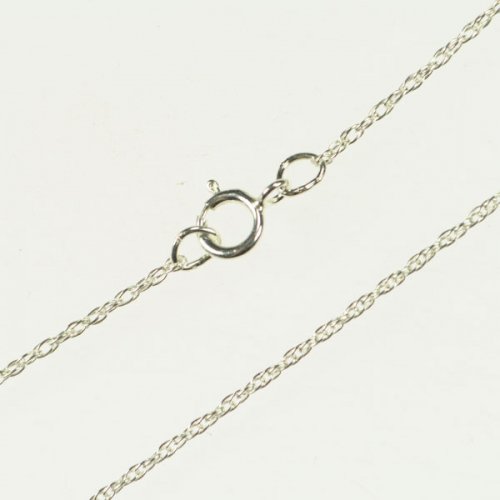 About Jewelry Chain- Wheat Chain and Rope Chain
About Jewelry Chain- Wheat Chain and Rope Chain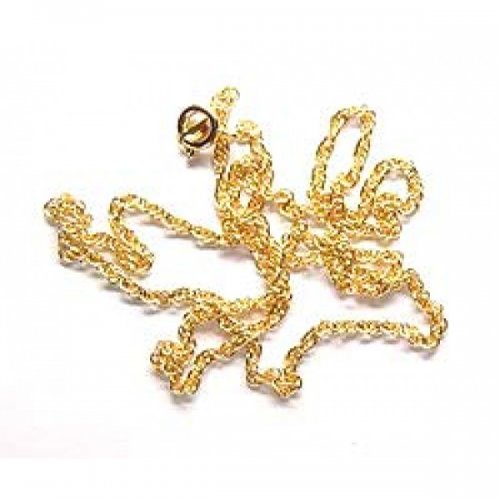 Introduction to Chain
Introduction to Chain Access More Money by Making Jewelry When Your Prices Are Right
Access More Money by Making Jewelry When Your Prices Are Right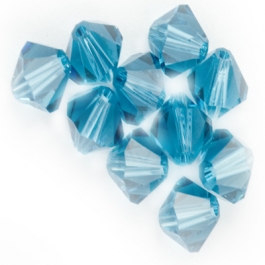 An Introduction to Beads and Beading
An Introduction to Beads and Beading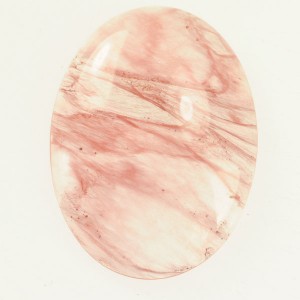 Common Gemstone Misconceptions
Common Gemstone Misconceptions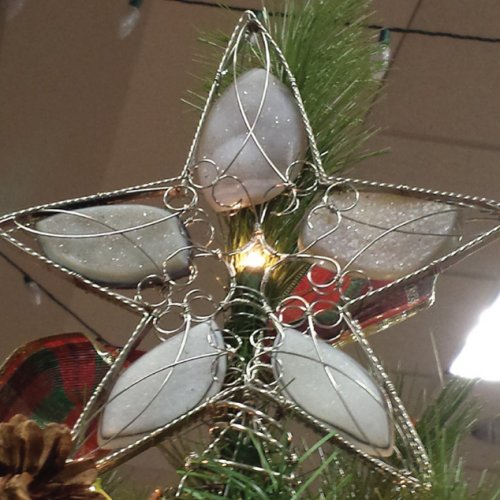 Wire Wrapped Christmas Tree
Wire Wrapped Christmas Tree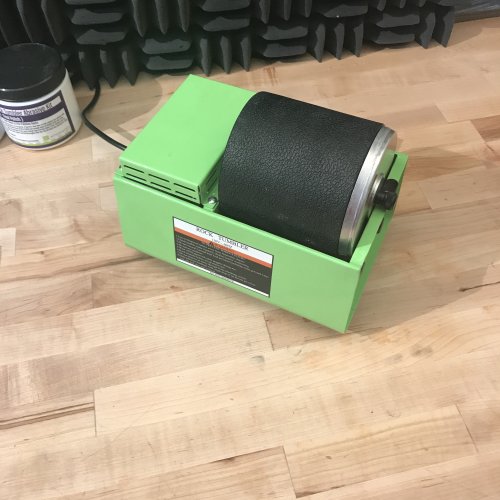 How To Polish Metal Jewelry using a Rotary Tumbler
How To Polish Metal Jewelry using a Rotary Tumbler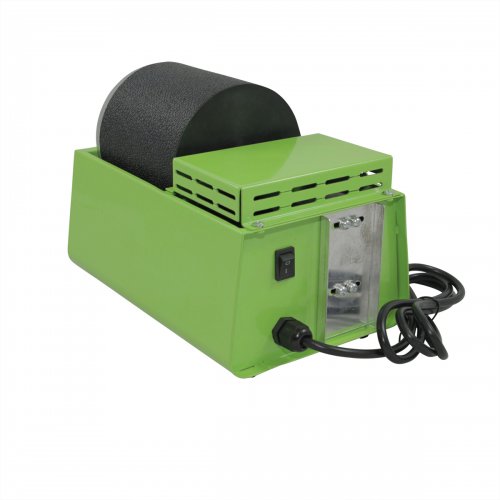 How To Polish Your Own Rocks using a Rotary Rock Tumbler
How To Polish Your Own Rocks using a Rotary Rock Tumbler How to Merchandise Your Jewelry on the Internet
How to Merchandise Your Jewelry on the Internet How to Use Twitter as a Wire Jewelry Artist
How to Use Twitter as a Wire Jewelry Artist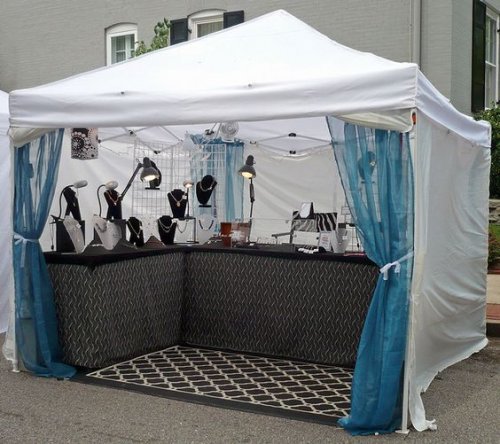 20 Ideas to get your Jewelry Biz Busy
20 Ideas to get your Jewelry Biz Busy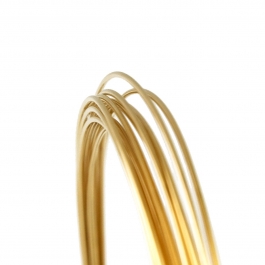 Watching the Precious Metals Market
Watching the Precious Metals Market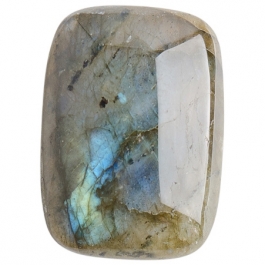 Jewelry Design Ideas - Get Inspired
Jewelry Design Ideas - Get Inspired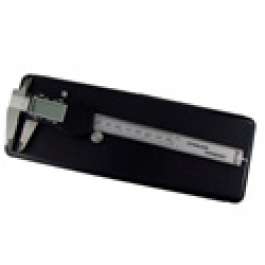 Measuring Tools
Measuring Tools July Birthstone - The Ruby
July Birthstone - The Ruby February Birthstone- Amethyst
February Birthstone- Amethyst March Birthstone - Aquamarine and Bloodstone
March Birthstone - Aquamarine and Bloodstone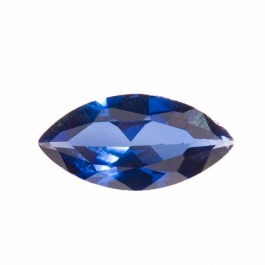 September Birthstone - Sapphire
September Birthstone - Sapphire November Birthstones - Topaz and Citrine
November Birthstones - Topaz and Citrine October Birthstones - Rose Zircon, Pink Tourmaline and Opal
October Birthstones - Rose Zircon, Pink Tourmaline and Opal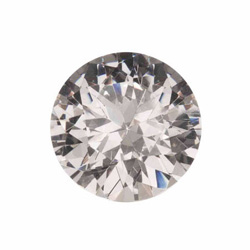 April Birthstone - The Diamond
April Birthstone - The Diamond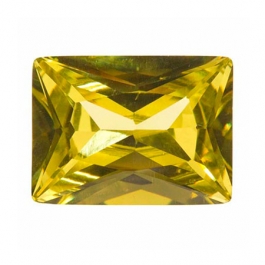 August Birthstone - Peridot and Sardonyx
August Birthstone - Peridot and Sardonyx June Birthstones - Alexandrite, Pearl and Moonstone
June Birthstones - Alexandrite, Pearl and Moonstone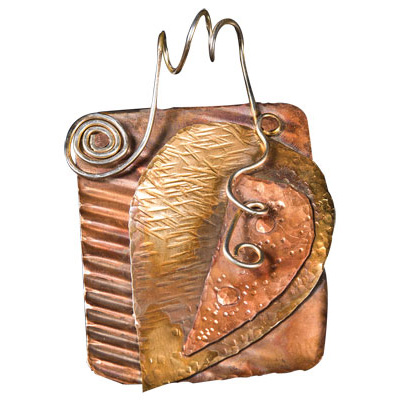 Metalsmithing
Metalsmithing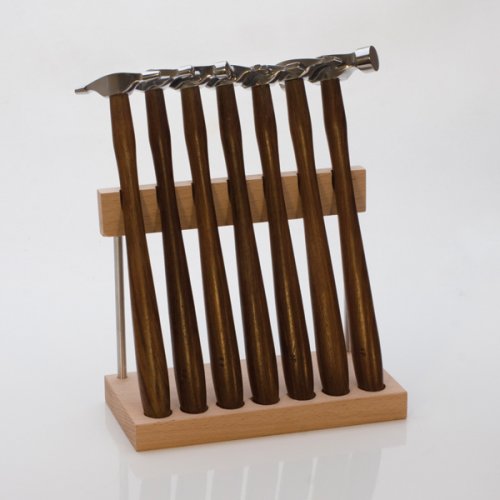 Featured Tool - Mini TruStrike Hammers
Featured Tool - Mini TruStrike Hammers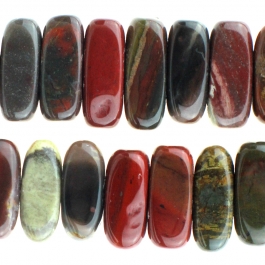 Natural Jasper Stones - Cabochon Gemstones
Natural Jasper Stones - Cabochon Gemstones Organize Your Jewelry Box
Organize Your Jewelry Box Pearls- It's a Cultural Thing
Pearls- It's a Cultural Thing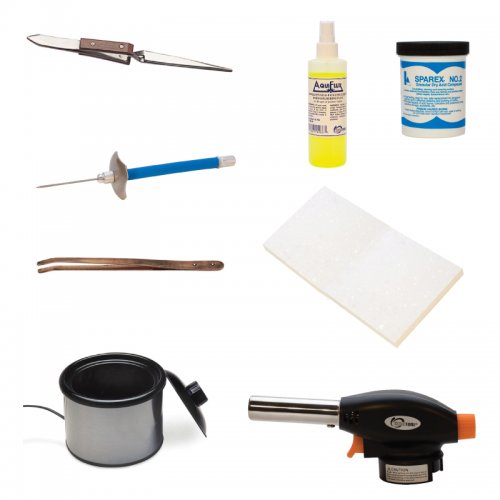 Soldering 101
Soldering 101 Starting Your Own Home Jewelry Business
Starting Your Own Home Jewelry Business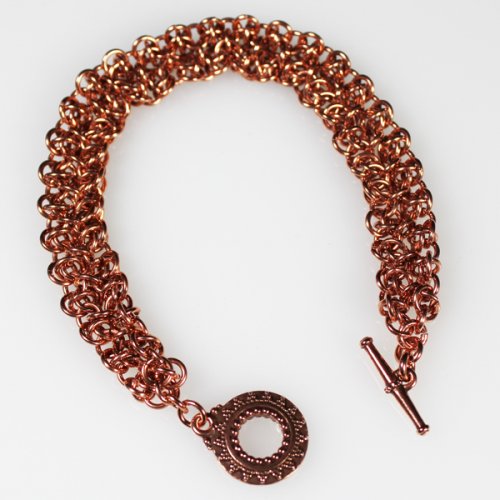 The Art of Creating Chainmail
The Art of Creating Chainmail Why Should I Be Using Facebook
Why Should I Be Using Facebook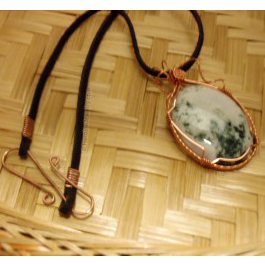 Make Handmade Neck Cords on a Dime
Make Handmade Neck Cords on a Dime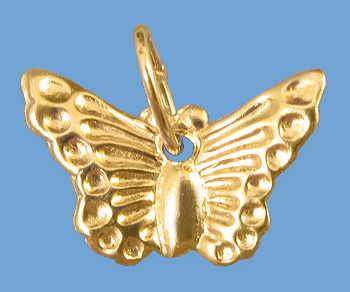 Tagging Handmade Jewelry Gifts
Tagging Handmade Jewelry Gifts Share Your Expertise with Your Community
Share Your Expertise with Your Community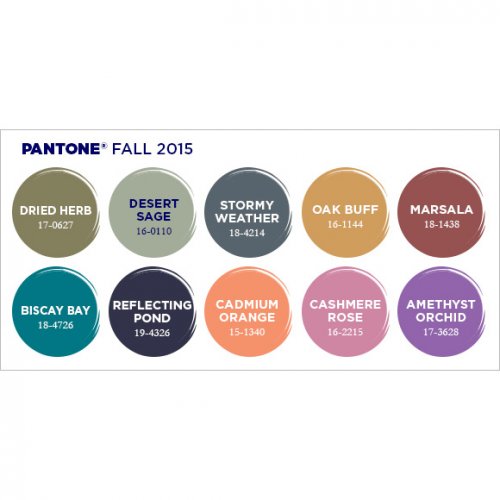 Creating Color Schemes for Jewelry Making
Creating Color Schemes for Jewelry Making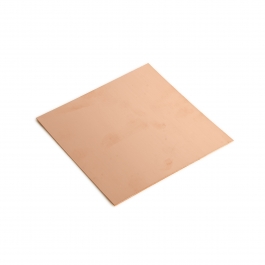 Bronze, Brass, Nickel Silver and Copper Base Metals
Bronze, Brass, Nickel Silver and Copper Base Metals How Wire is Made
How Wire is Made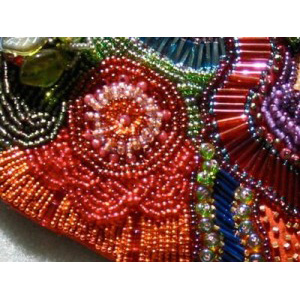 Beading A-B-C's
Beading A-B-C's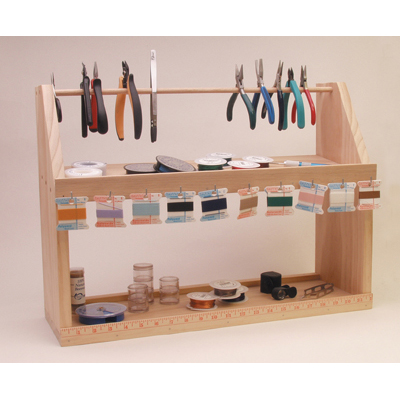 How to Set Up Your Workspace
How to Set Up Your Workspace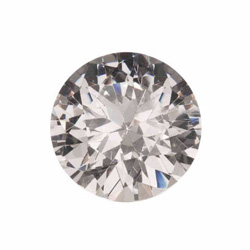 Gem Profile- Diamond
Gem Profile- Diamond Gem Profile- Peridot
Gem Profile- Peridot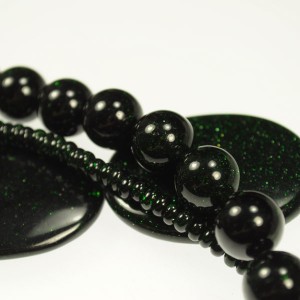 Gem Profile- Goldstone
Gem Profile- Goldstone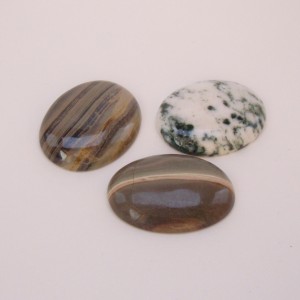 Gem Profile- Cryptocrystalline Quartz Introduction
Gem Profile- Cryptocrystalline Quartz Introduction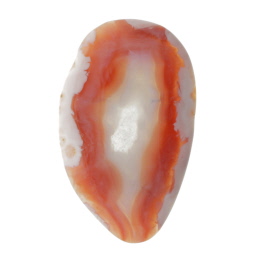 Gem Profile- Banded Agate and Brecciated Agate
Gem Profile- Banded Agate and Brecciated Agate Gem Profile- Emerald
Gem Profile- Emerald Gem Profile- Titanite or Sphene
Gem Profile- Titanite or Sphene Gem Profile- Morganite
Gem Profile- Morganite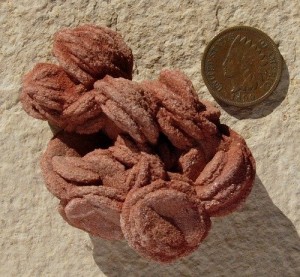 Gem Profile- Desert Rose
Gem Profile- Desert Rose Gem Profile- Iolite
Gem Profile- Iolite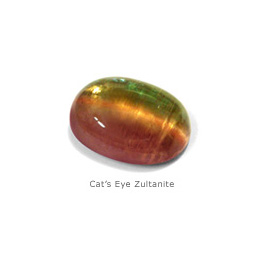 Gem Profile- Zultanite
Gem Profile- Zultanite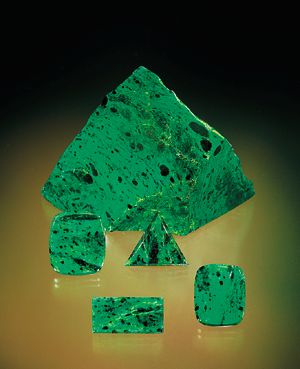 Gem Profile- Maw Sit Sit
Gem Profile- Maw Sit Sit Gem Profile- Tanzanite
Gem Profile- Tanzanite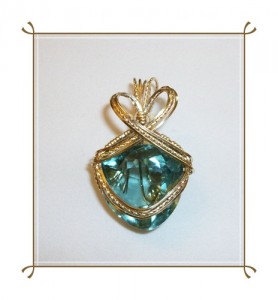 Gem Profile- Aquamarine
Gem Profile- Aquamarine Gem Profile- Turquoise
Gem Profile- Turquoise Gem Profile- Turquoise Types
Gem Profile- Turquoise Types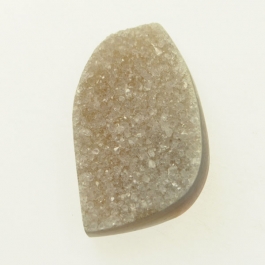 Gem Profile- What's Druze
Gem Profile- What's Druze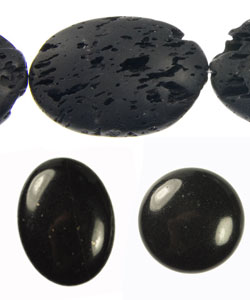 Gem Profile- Basalt
Gem Profile- Basalt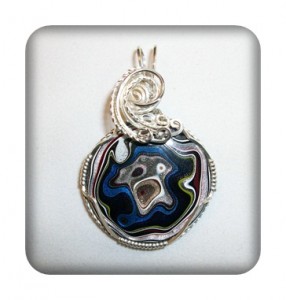 Gem Profile- Fordite
Gem Profile- Fordite Gem Profile- Variscite
Gem Profile- Variscite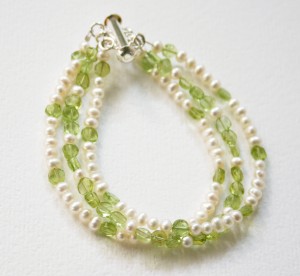 Gem Profile- Pearls
Gem Profile- Pearls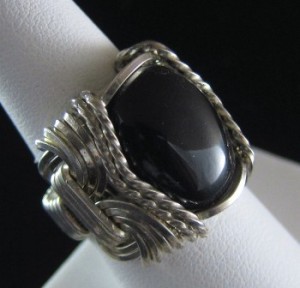 Gem Profile- Onyx
Gem Profile- Onyx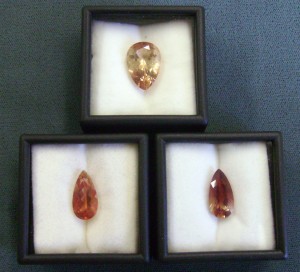 Gem Profile- Sunstone
Gem Profile- Sunstone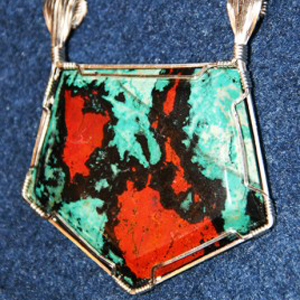 Gem Profile- Sonora Sunrise
Gem Profile- Sonora Sunrise Gem Profile- Rhodonite
Gem Profile- Rhodonite Gem Profile- Glass, Crystal and Quartz
Gem Profile- Glass, Crystal and Quartz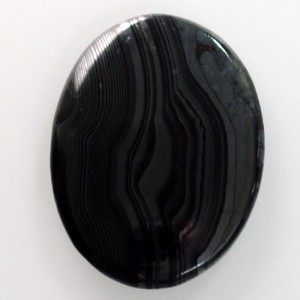 Gem Profile- Psilomelane
Gem Profile- Psilomelane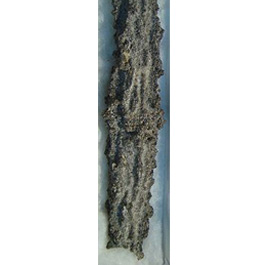 Gem Profile- Fulgurite
Gem Profile- Fulgurite Gem Profile- Cat's Eye
Gem Profile- Cat's Eye Gem Profile- Carnelian
Gem Profile- Carnelian Gem Profile- Petoskey Stones and Indonesian Fossil Coral
Gem Profile- Petoskey Stones and Indonesian Fossil Coral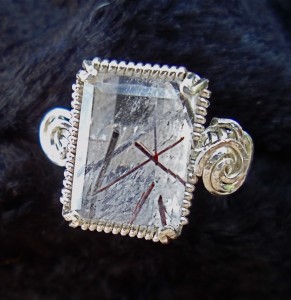 Gem Profile- Rutilated Quartz
Gem Profile- Rutilated Quartz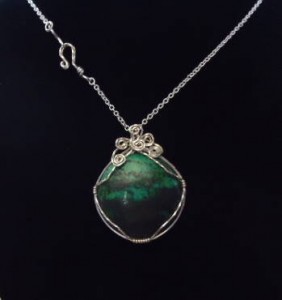 Gem Profile- Chrysocolla
Gem Profile- Chrysocolla Gem Profile- Jet
Gem Profile- Jet Gem Profile- Chrysoprase
Gem Profile- Chrysoprase Gem Profile- Rhyolite
Gem Profile- Rhyolite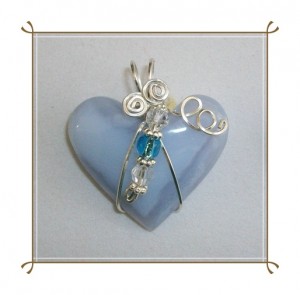 Gem Profile- Chalcedony
Gem Profile- Chalcedony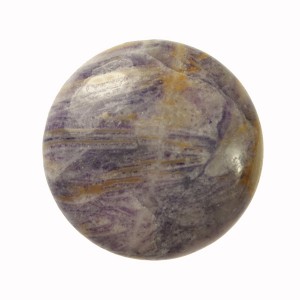 Gem Profile- Lepidolite and Sugilite
Gem Profile- Lepidolite and Sugilite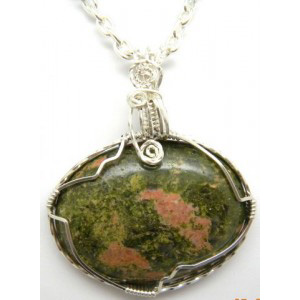 Gem Profile- Unakite
Gem Profile- Unakite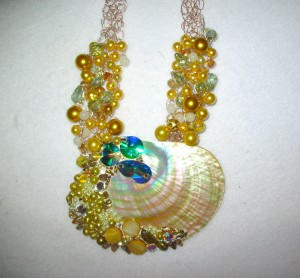 Gem Profile- Cowrie Shells, Conch Shells, and Drilling Shells
Gem Profile- Cowrie Shells, Conch Shells, and Drilling Shells Gem Profile- Mother of Pearl
Gem Profile- Mother of Pearl Gem Profile- Moss Agate and Plume Agate
Gem Profile- Moss Agate and Plume Agate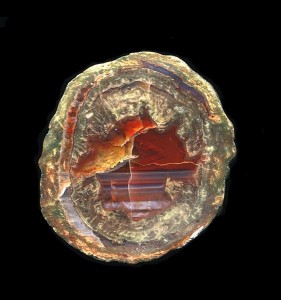 Gem Profile- Thundereggs and Mexican Lace Agate
Gem Profile- Thundereggs and Mexican Lace Agate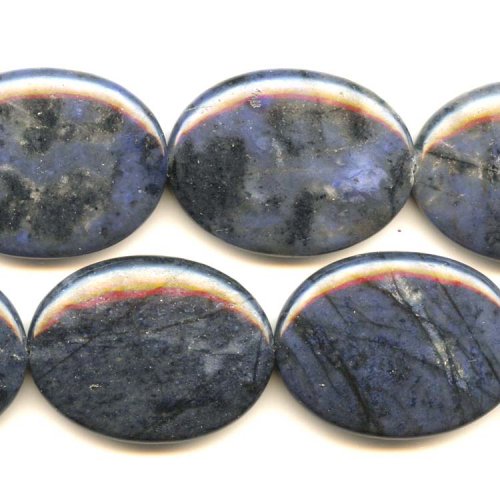 Gem Profile- Dumortierite
Gem Profile- Dumortierite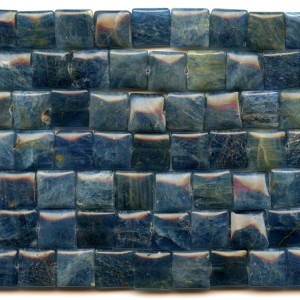 Gem Profile- Apatite
Gem Profile- Apatite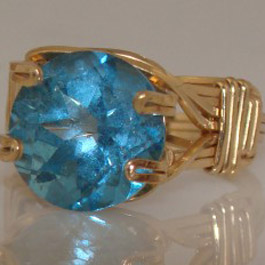 Gem Profile- Blue Topaz
Gem Profile- Blue Topaz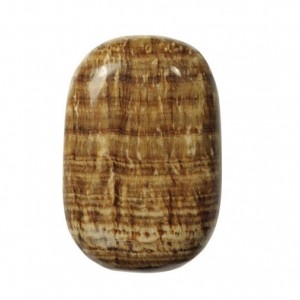 Gem Profile- Aragonite
Gem Profile- Aragonite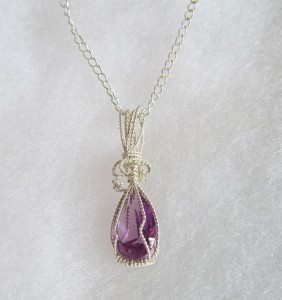 Gem Profile- Zircon and Cubic Zirconia
Gem Profile- Zircon and Cubic Zirconia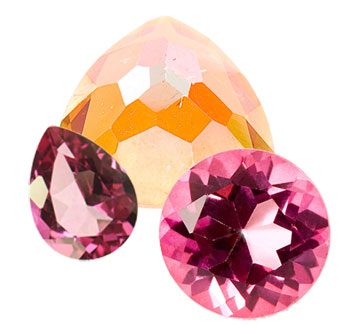 Gem Profile- Topaz
Gem Profile- Topaz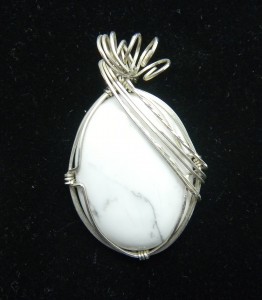 Gem Profile- Howlite
Gem Profile- Howlite Gem Profile- Sodalite
Gem Profile- Sodalite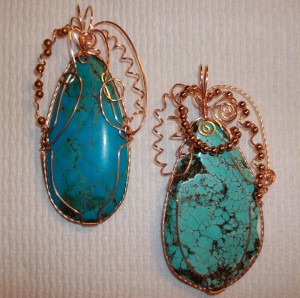 Gem Profile- Magnesite
Gem Profile- Magnesite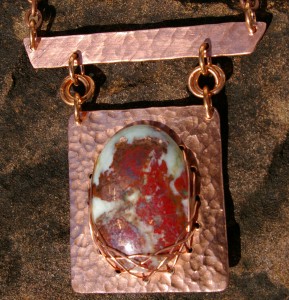 Gem Profile- Cuprite
Gem Profile- Cuprite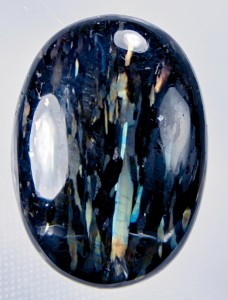 Gem Profile- Nuummite
Gem Profile- Nuummite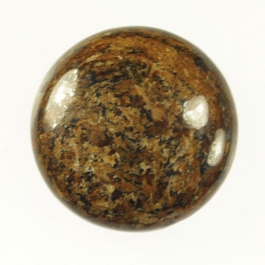 Gem Profile- Bronzite
Gem Profile- Bronzite Gem Profile- Kyanite
Gem Profile- Kyanite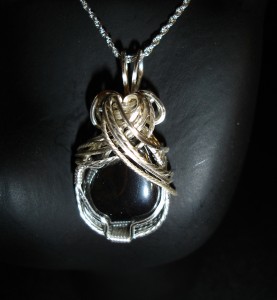 Gem Profile- Hematite
Gem Profile- Hematite Gem Profile- Derbyshire Blue John
Gem Profile- Derbyshire Blue John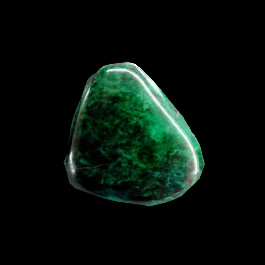 Gem Profile- Eilat Stone
Gem Profile- Eilat Stone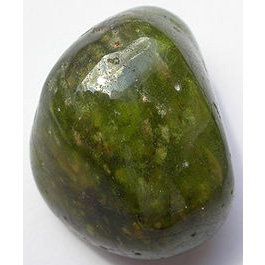 Gem Profile- Vesuvianite
Gem Profile- Vesuvianite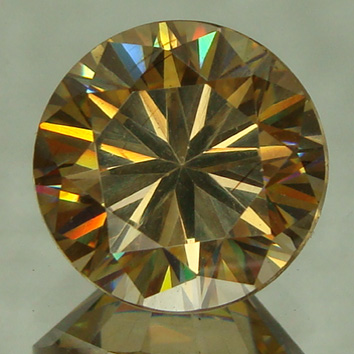 Gem Profile- Strontium Titanate -Fabulite
Gem Profile- Strontium Titanate -Fabulite Gem Profile- Tourmaline
Gem Profile- Tourmaline Gem Profile- Larimar
Gem Profile- Larimar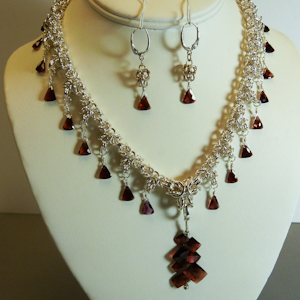 Gem Profile- Garnet
Gem Profile- Garnet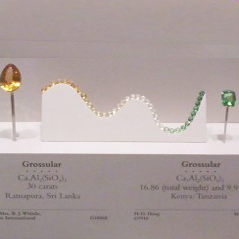 Gem Profile- Tsavorite and Green Garnets
Gem Profile- Tsavorite and Green Garnets Gem Profile- Seraphinite
Gem Profile- Seraphinite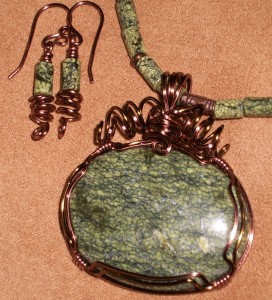 Gem Profile- Serpentine
Gem Profile- Serpentine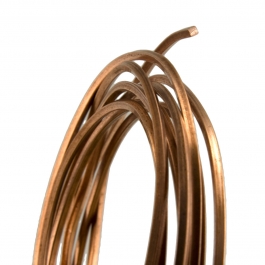 American Wire Gauge
American Wire Gauge Viking Knit and Spool Knit Chain
Viking Knit and Spool Knit Chain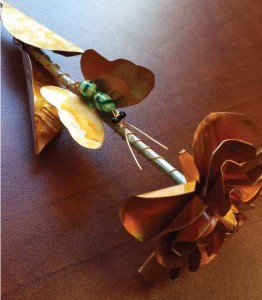 Copper Roses
Copper Roses How to Make Medical ID Bracelets Special
How to Make Medical ID Bracelets Special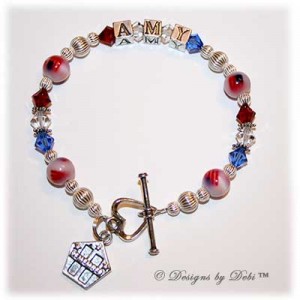 Remembering the Fallen
Remembering the Fallen 6 Ways to Find Your Uniqueness in Jewelry
6 Ways to Find Your Uniqueness in Jewelry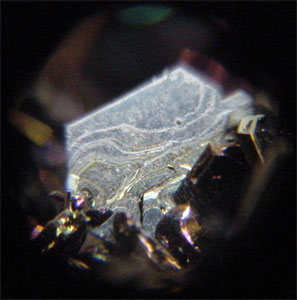 Gem Profile- Moissanite
Gem Profile- Moissanite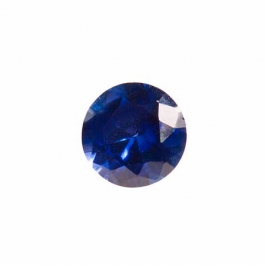 Birthstone Swarovski Colors
Birthstone Swarovski Colors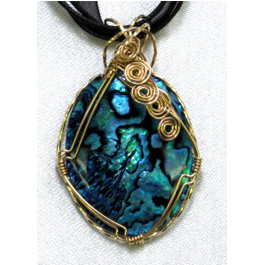 Gem profile- Paua and Abalone
Gem profile- Paua and Abalone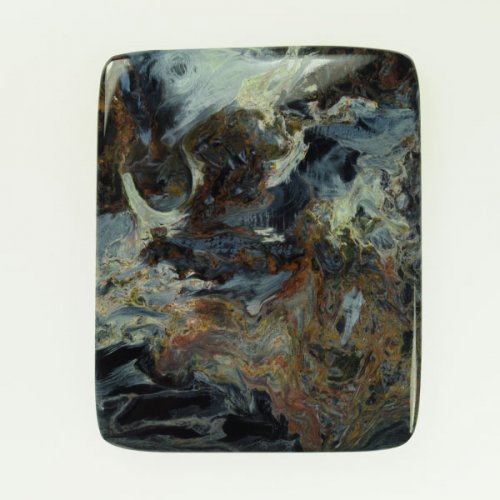 Tips for Tucson Shopping- Gem Show Secrets
Tips for Tucson Shopping- Gem Show Secrets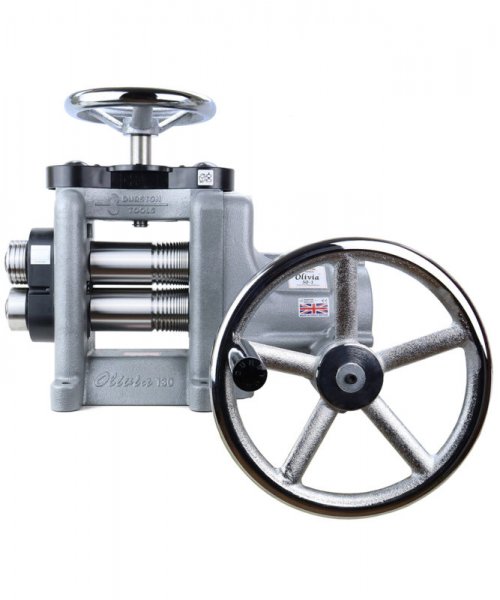 Durston Olivia Rolling Mills
Durston Olivia Rolling Mills How to Use a Jewelry Bench Polisher Effectively
How to Use a Jewelry Bench Polisher Effectively 
